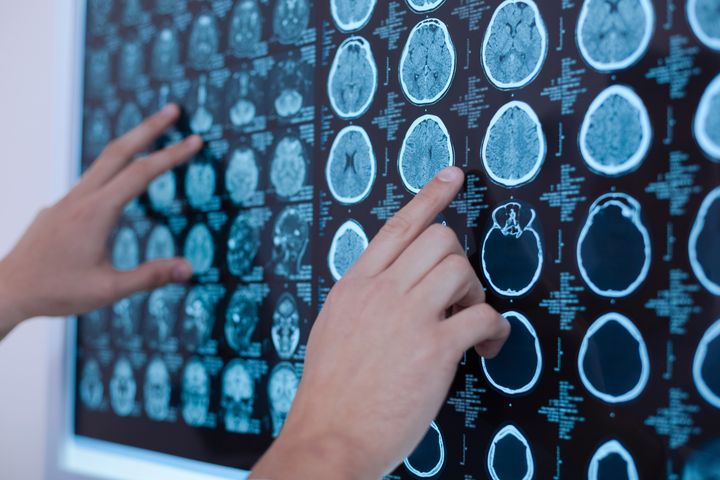Scientists have identified two previously unrecognised differences between the brains of patients with Parkinson’s disease and those with healthy brains.
The “pioneering” new study found that those with the neurological condition have more errors in the DNA of the mitochondria (the batteries of the cell that produce and store energy), which leads to increased cell death.
And secondly, cells that survive have more physical copies of mitochondrial DNA than should be expected in this area of the brain.

Dr Joanna Elson, a mitochondrial geneticist at Newcastle University, said: “Our study is a major step forwards in gaining an enhanced insight into the serious condition.”
Using post-mortem brain tissue from the Newcastle Brain Bank, the researchers looked at a region of the brain called the pedunculopontine nucleus, otherwise known as the brainstem.
Previous studies have shown that when patients get Parkinson’s, the mitochondria in this area starts to change, and levels begin to drop off.
The latest study looked at the neurons responsible for producing the brain chemical acetylcholine, which is released by nerve cells to send signals from one neuron to another.
It found that when the mitochondria start to die in the brainstem, symptoms of Parkinson’s such as problems walking and decreased attention span, increase.
Dr Elson said: “With this work, we are beginning to understand the role that changes in mitochondrial DNA play in the death of cholinergic neurons, which has been shown to be pivotal in the onset and progression of motor and non-motor Parkinson’s disease symptoms.”
It is estimated in the UK that one in every 500 people has Parkinson’s disease, which sees the brain become progressively damaged and debilitating over many years.
There is currently no cure for Parkinson’s and available treatments target the entire brain, rather than specific problematic areas, something which these “surprising” findings could help to change.
Dr Ilse Pienaar, a neuroscientist at University of Sussex, said: “At present, treatments are aimed at the whole brain of patients with Parkinson’s disease.
“Only by understanding the complexities of what happens in specific cell-types found in specific areas of the brain during this disease can targeted treatments be produced.
“We believe that not only would cell-specific targeted treatments be more effective, but they would also be associated with fewer side-effects.”
